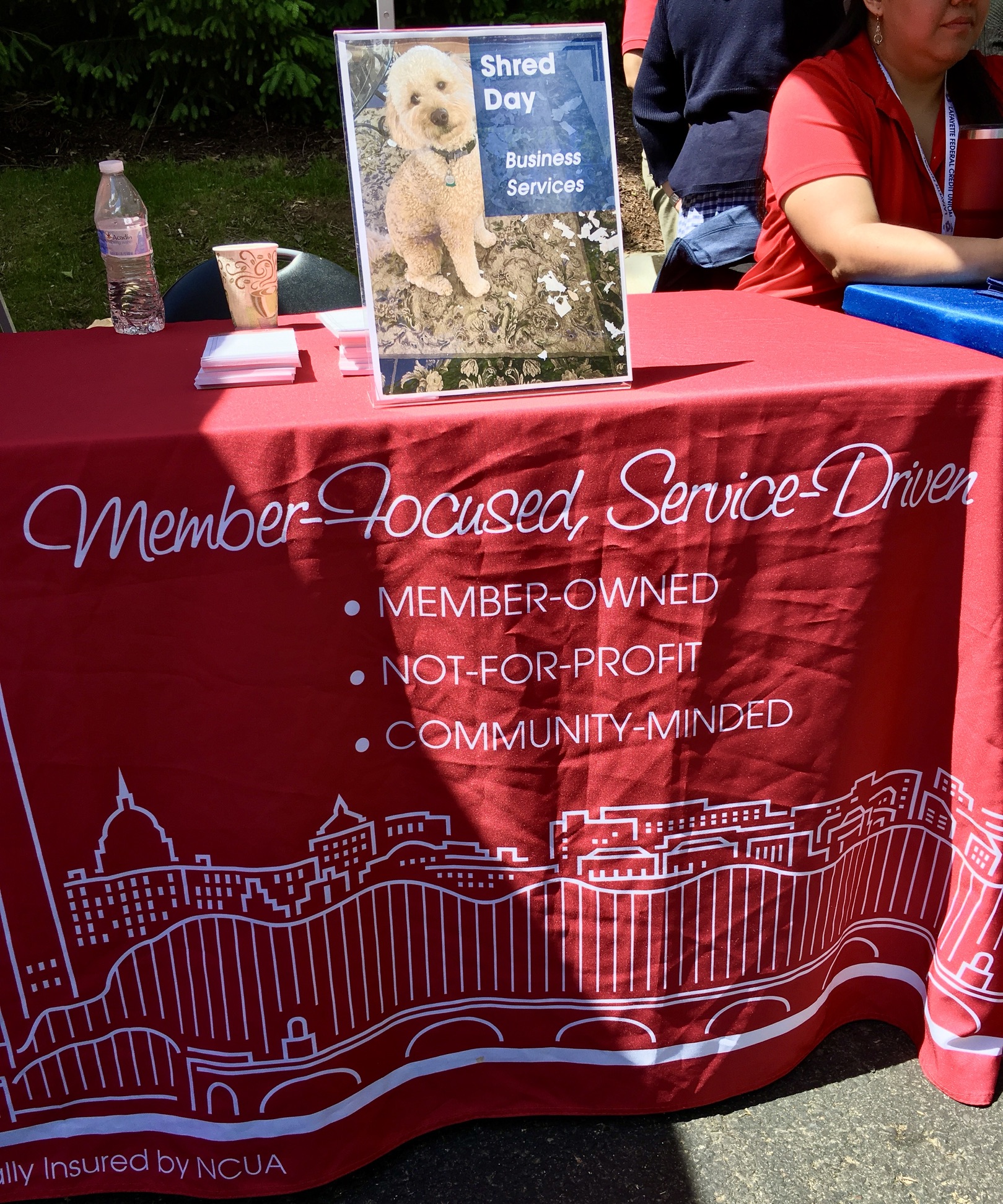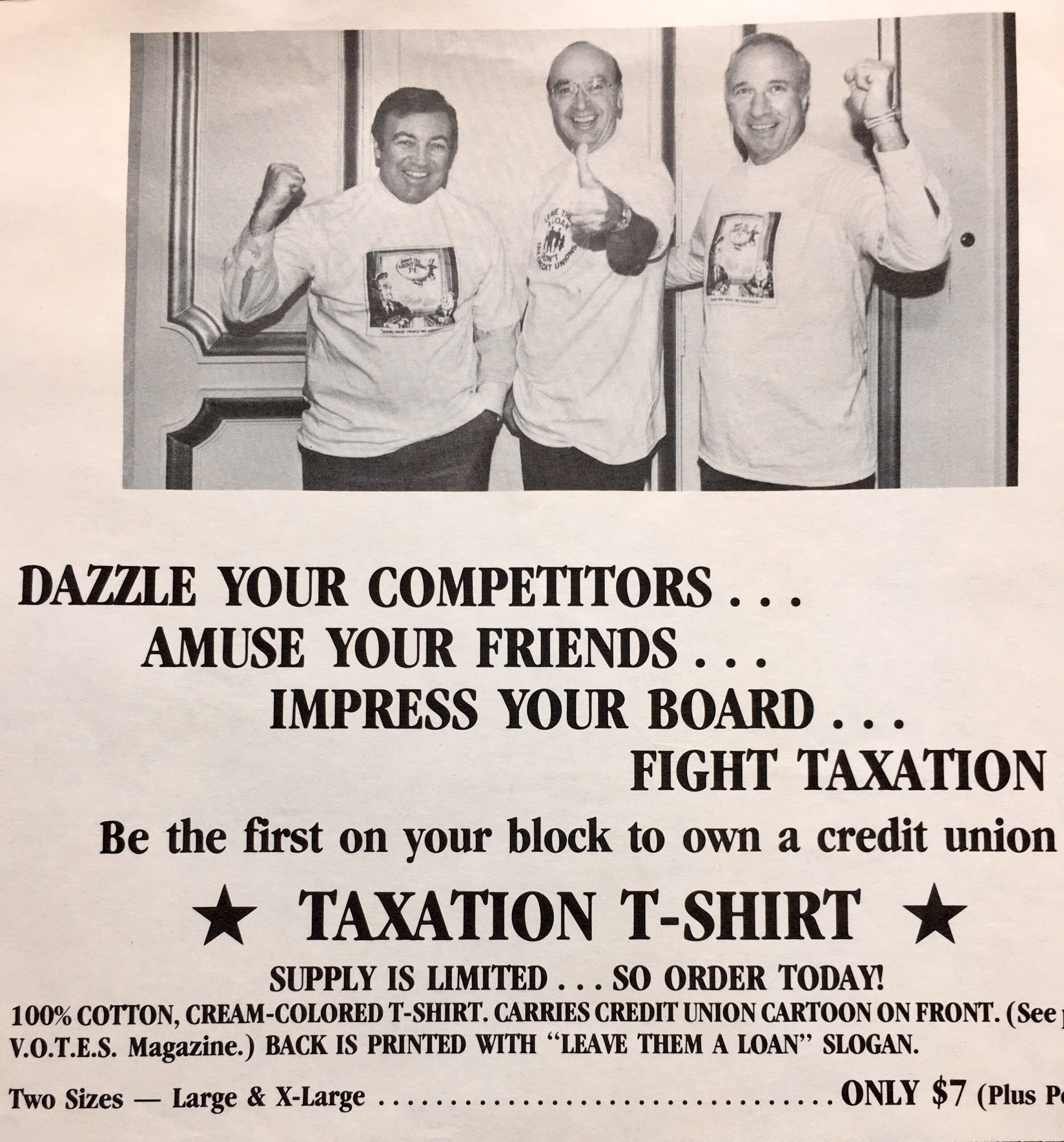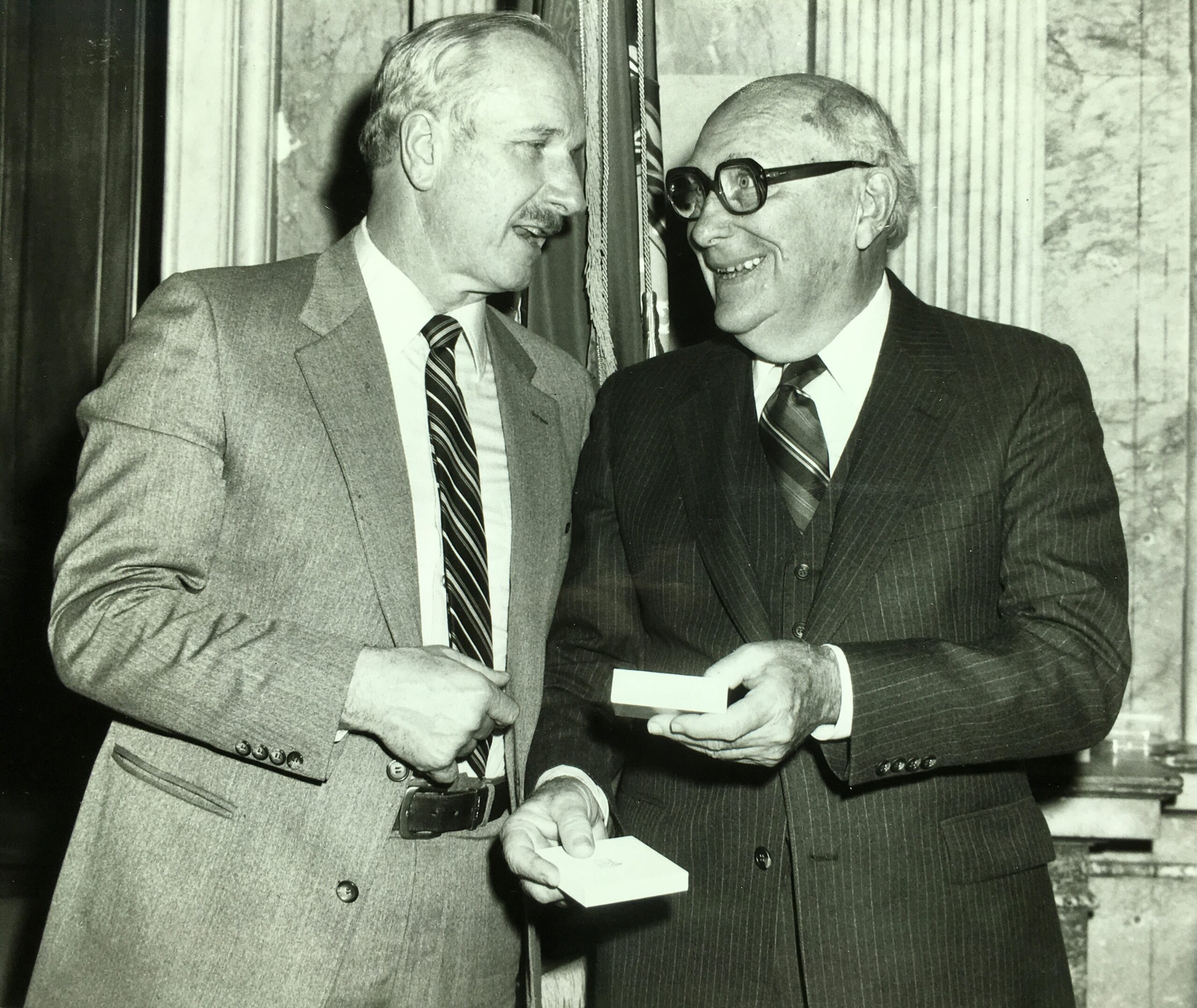In Monday’s public letter to the NCUA staff, Chairman Harper announced he was “stepping away from daily duties” for back surgery. He expects to return to “my full duties in July.”
His only reference to how the Agency would be led was that “I know the NCUA team will not miss a beat” and “will continue executing the Agency’s mission.”
The extended withdrawal by a Chair from his daily duties for an open-ended period is unprecedented. The statement left unclear what, if any role, Harper will play while on leave.
The Critical Questions
The uncertainty about this unusual self-managed absence raises many questions about the Agency’s leadership.
The demands on any senior executive are tough. Some organizations build in predetermined sabbaticals for top officials to recharge and reflect. It Is critical that senior, public officials be proactive as Harper states in “addressing their physical and mental health needs.”
It is important however that the Agency has ongoing decision making and clear responsibility assigned for critical roles, such as:
Who will determine the board schedule and meeting agendas?
Who will represent the Agency in testimony before Congress? On the FSOC and other interagency roles?
How will programs, projects and priorities be overseen in the absence of the Chair?
What is the process for taking supervisory actions that require board approval?
NCUA has had a two-person board several times in the past. Chair McWaters and board member Metzger is the most recent example. They made several momentous decisions including the merger of the TCCUSF with the NCUSIF. This resulted in raising the NCUSIF’s NOL above 1.3% for the first time in its history to accommodate the new surplus funds.
The question is not about function, but how important internal decisions (personnel, spending, organizational alignment) and external responsibilities are being carried out.
An Opportunity for “Team” Members
For some time, the role of the NCUA board has been downplayed. In February, the board for the first time since 2017 ignored past policy and practice to set an NOL above 1.30% without any supporting documentation or modeling. This was a commitment that Chairman McWaters said future NCUA boards should follow after the 2017 merger of the TCCUSF when raising the NOL.
The 2024 March board meeting was cancelled. The 30-minute April public meeting had only one item, a proposed rule, which Chair Harper attended virtually.
When the CEO is absent in any organization, there should be a continuing chain of command and authority. This role initially falls to Vice Chair Hauptman and member Otsuka. May’s Board will be the first demonstration of their response and how they see their expanded responsibilities.
One approach would be to have more public reports on the many areas that fulfill the Agency’s core safety and soundness functions. They could request staff to present timely reports on the financial status of the NCUSIF and the Operating Fund (March data is still not available on the web).
There could be updates on the state of the examination program, the single most important Agency function monitoring credit union performance. Will an annual exam be completed for all FCU’s over $1.0 billion? How do onsite results compare with quarterly filings?
There could be a discussion of the effect on culture and performance of the Agency’s policy requiring in-office attendance only two days per pay period.
In short, the two board members could take the lead in showing how they are “watching the store” and that staff continues to complete essential responsibilities in a timely manner. Moreover, it would give both board members a platform to state their views and request input from credit unions on other issues.
A Vacuum of Power and Accountability
Harper’s absence leaves a vacuum at NCUA. The Chair is the primary spokesperson for the multiple constituencies to which NCUA is accountable. The Senate banking committee approves all board members and, with the House, provides periodic oversight hearings. The Administration nominates all NCUA board members and establishes policy priorities.
Most importantly over 100 million member-owners through their 4,600 credit union organizations depend on clear rules of the road and assurance the money they send to the agency is used wisely. Credit union professionals are constantly reacting to market changes. Is NCUA paying attention to their concerns about meeting member needs?
Harper’s communication to NCUA staff addressed none of these accountabilities. A leadership vacuum may tempt some to exercise long sought ambitions. For others, it will be an excuse to do nothing, to just get by, while waiting for the boss to come back.
Others will see an opportunity “for the next man up.” That is the phrase used when a teammate is injured and unable to play; or in conflict when the assigned leaders go down. This challenge happens for many in everyday life. When a spouse (breadwinner or homemaker) leaves or dies-the family must learn new responsibilities.
Harper’s statement left all options open for stepped up Agency leadership. Who will take on new roles? How do credit unions monitor and to whom do they communicate their concerns during this time of NCUA uncertainty?
The essence of cooperatives, is that we are all in this together. How will this unique credit union capacity for cooperation show up in this new circumstance?








